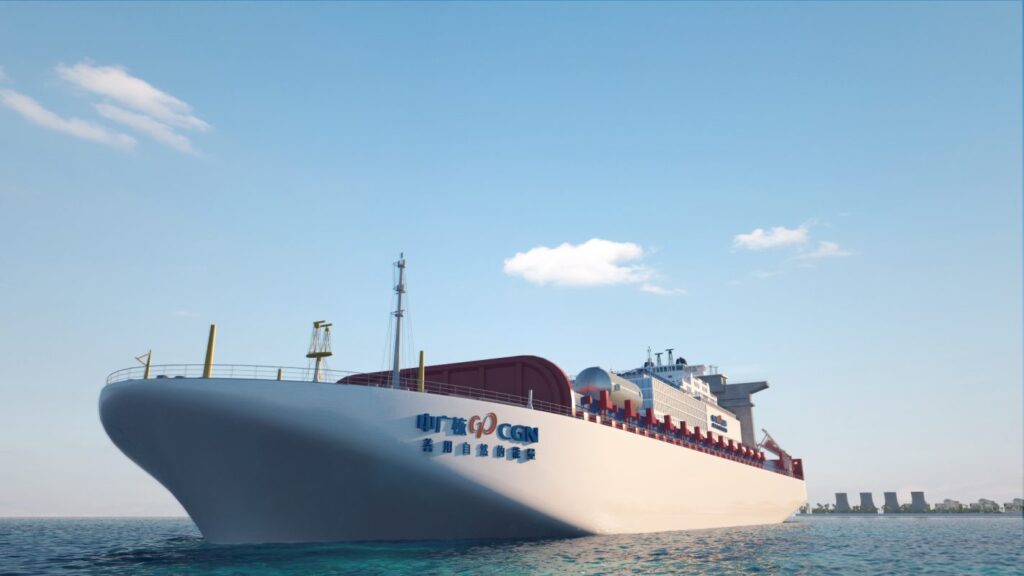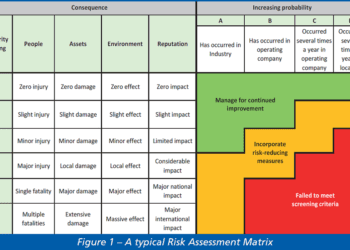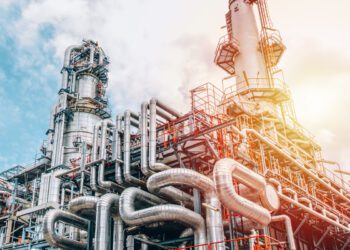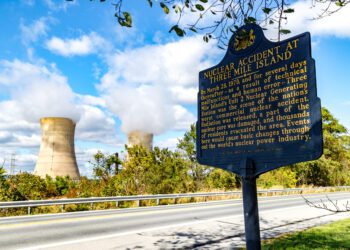Small but mighty: an introduction to small modular reactors
The size of civil nuclear power reactor units has steadily grown from 60 MWe in the 1950s to today’s 1600+ MWe, driven by economies of scale. So too has the capital investment required, to the extent that funding new nuclear power stations is becoming prohibitively expensive for many nations.

The concept of applying this technology for commercial use in modular form has provoked international interest and spurred a second renaissance in the nuclear industry. Small Modular Reactor (SMR) development is progressing worldwide, together with a shift towards private investment, particularly in countries such as Canada, the USA and the UK, often led by entrepreneurs with a strong desire for carbon dioxide-free energy generation.
TECHNOLOGICAL RICHNESS
There are estimated to be over 40 SMR concept designs on the drawing board, covering a wide range of technologies – light water reactors, fast neutron reactors, graphite-moderated high temperature reactors and molten salt reactors, to name but four. In a recent competition launched last year by the UK government to identify ‘best value SMRs’, for example, there were over 30 applicants.
The various SMR designs typically share the following common safety features:
- A compact architecture of reactor systems with far fewer components that can fail.
- Inherently safe or passive safety concepts (e.g. natural circulation), with less or no reliance on active safety systems, cooling water or AC power for accident response.
- Claims on high integrity or reliability of passive components.
- Reduction of radioactive inventory (smaller reactors) which might be released in an accident.
- Sub-grade (underground or underwater) location of the reactor unit providing more protection from natural or man-made hazards, e.g. aircraft impact.
INNOVATION
There are also plenty of innovative ideas, such as:
- Mobile floating SMRs.
- Liquid fuel.
- Near atmospheric pressure reactor vessel.
- Integrated primary cooling circuit (within the reactor vessel).
- Extended time between refuelling (5+ years).
- The ability to remove and replace an entire unit rather than refuelling.
- Short unit lifetimes (e.g. 7 years), eliminating ageing issues.
- Combined heat and power output.
- Road/rail transport-friendly modular design.
NOT-SO-SMALL BENEFITS
The SMR has two main advantages over conventional reactors: affordability and grid independence.
The combination of comparative simplicity and smaller size means that units can be manufactured in a central factory, and then transported whole to a site for installation, with little on-site construction. Units would be produced continuously over a number of years to provide and then replace reactors at multiple sites. This production model reduces the capital cost of each unit as well as making the overall capital cost per MWe more attractive than a traditional nuclear power plant.
SMRs are also much less demanding in terms of local infrastructure requirements, most notably power grid connectivity. This coupled with their intrinsic scalability makes them ideal for remote locations where there is a significant power demand, such as mining towns or large isolated conurbations.
CHALLENGES AHEAD
Whilst it is refreshing to see so much diversity and innovation in the nuclear industry by so many potential vendors, these two factors might work against SMRs, at least in the short term.
Only the light water reactor variants, which are scaled down versions of current, proven nuclear technology, are likely to receive regulatory approval without considerable research and assessment, both by vendors and regulators alike.
Moreover, with so many competing designs in the marketplace and limited regulatory resources, there is an inevitable requirement for shortlisting preferred vendors, which may take time.
CONCLUSION
With SMRs coming into view, it’s an exciting time to be part of the nuclear industry. Although both their need and benefits are clear, it remains to be seen whether the enthusiasm of vendors and markets is sufficient to overcome the challenges ahead.
This article first appeared in RISKworld issue 31







